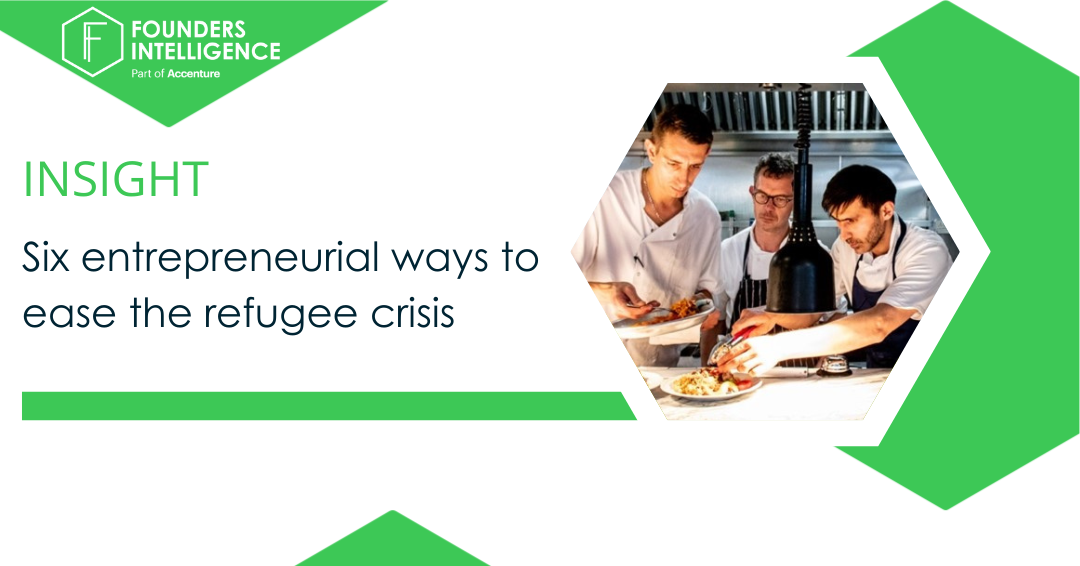COVID’s Permanent Mark on Grocery Shopping
Everyone needs to eat. And so the grocery sector played a pivotal role throughout the pandemic. The sector’s seen a consistent surge in demand as we’ve retreated to eating every meal at home, resulting in a record £10.7bn worth of sales for British supermarkets in March alone.
But it’s been no walk in the proverbial park: inflexible supply chains have at times failed to meet demand (particularly at the start); a surge in online ordering has helped the top line but not the bottom one; staffing has been hugely challenging with up to 40% sicknesses, new processes and PPE requirements; and of course, distancing measures for customers and employees throughout the value chain has fundamentally changed BAU for the foreseeable.
Business and operating models have been put to the test — and, while the ship has been steadied, most players aren’t scoring close to 100 when it comes to operating profitably in this new world. Which makes sense: they’ve been hyper optimised for a world which no longer exists.
Ocado, on the other hand, with it’s pioneering digital-native business model (as much a tech platform as a retailer) has had a 60% share price increase since the lockdown began. We recently had the opportunity to speak to their co-founder and CEO, Tim Steiner, and Steve Rowe, CEO of M&S on the premise for their new partnership to take M&S online and where they see the market heading.
A few key insights below:
The consumer shift to online shopping will persist as we finally realise there are better ways to spend our time
- Online sales rose 91% year-on-year over the 4 weeks (to June 14), with nearly 1 in 5 British households now buying over the internet (Kantar). COVID forced people to experiment with online, accelerating the change. Sure, some people will return to their old ways. But a great number of people are now lured in by the ease and convenience of ordering online and the freedom to spend that time (and personal risk) elsewhere.
- Data coming out of China is a good indicator of this permanent mark — 56% of Chinese consumers are buying food and grocery online more frequently than before (Global Data). Behaviour in Europe is looking likely to follow.
The cost-plus model of store fulfilment has helped supermarkets rapidly meet new demand, however is not sustainable in the long run
- US retailer Best Buy say 65% of their online orders during the past quarter were fulfilled from the store. Many supermarkets have rapidly launched or expanded partnerships with on-demand 3PLs or food delivery services — notably ‘Waitrose Rapid’, in partnership with Stuart, M&S with Deliveroo, and an expansion of Sainsbury’s Chop Chop to 20 cities outside London. Partnerships like this have been effective at helping supermarkets rapidly meet increased demand to convert new customers and keep existing ones. All until better solutions can be implemented.
- Steve Rowe is quick to emphasise that M&S and Deliveroo’s partnership is a temporary measure. Why? M&S’s physical retail business’ small margins are obliterated when you add the manual cost to pick, pack and deliver on top of stores’ expensive real estate and staff — resulting in two options: 1) sacrificing margins or 2) charging the consumer a large premium (~30%), all with full knowledge that consumers will switch to cheaper options (i.e. Ocado Zoom) when they become available.
- A further complication: adding online volume with store fulfilment at first seems to be all upside, but physical outlets are designed and staffed around handling a customer throughput volume. When that volume drops, those costs are much stickier: right now, fewer people buying in store makes it less profitable, not more.
Winners in the post-COVID world will rethink business models to benefit from new tech-enabled efficiencies, across the entire value chain
- Harnessing the power of automation and technology to rethink the fulfilment model is a clear next step. We know Ocado is the leader here, but other models such as in-store micro-fulfilment centres (Takeoff Technologies) are being tested in the US.
- The long game will rely on re-setting for online first, but in-store needs attention too as we plan for the ‘new normal’. It’s now clear that we’re in this for the long haul; holding off on the inevitable is no recipe for success, and those who move quickly and set themselves up will gain market share in the first instance and reap rewards for longer. We’re excited to see US retailers trialling solutions to drive marginal efficiencies in their current in-store set-ups, including employee navigation and bar scanning apps (Scandit), inventory buying and allocation optimisation (Relex), and location analytics apps that prompt a team to prepare an order just when it detects the customer is nearing a store (Radius Networks). If most legacy supermarkets are to continue using a flexible model of fulfilment (in-store and warehousing) for some time, these innovations will significantly impact the bottom line.
- Fulfilment alone will not win the game. Next steps will be creating the best possible shopping experience from acquisition through to retention. This will be truly omnichannel — including a reinvention of the physical store and a seamless connection online. Infrastructure and tech investments will start to allow customers to check stock levels online before venturing into store, talk to an in-store associate online to find what they need (and might prefer this even when shopping IRL — messaging apps could play a key role here), or shop in-store and check out from their phones. Much of this already exists in higher margin categories such as fashion. Supermarkets will be next.
Now is the time for legacy supermarkets to re-evaluate what sustainable growth will look like in the sector, identify consumer and market shifts that are here to stay and set up the models for success. The winners will embed agility into their operations allowing them to listen (to both their consumers and the market) and respond rapidly. We are seeing innovation and strategy functions in the grocery sector combine power to develop agile new business opportunities via partnerships, investments and/or incubation.
At Founders Intelligence, we help major corporations access new growth opportunities by innovating around their business model and consumer propositions.


